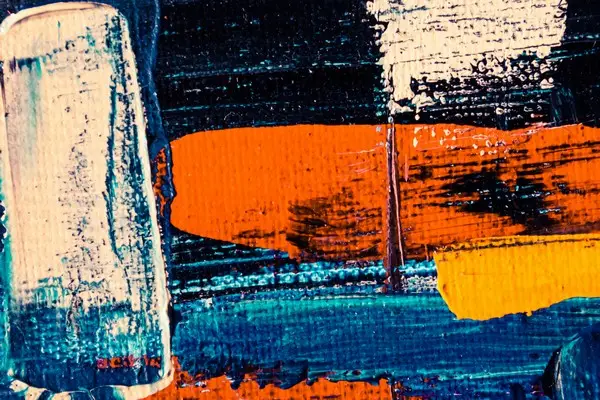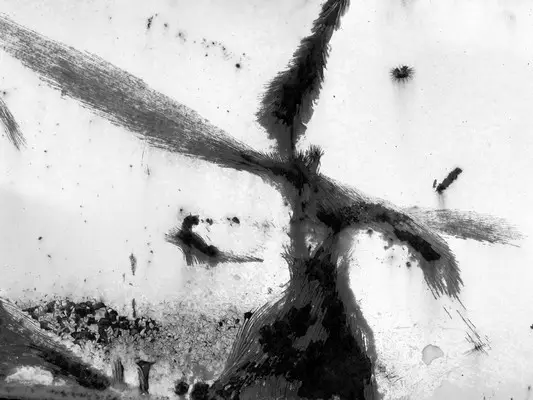Table of Contents
- Jung’s Key Concepts and Their Sociological Relevance
- Culture, Symbolism, and the Jungian Lens
- Jung and the Dynamics of Social Change
- Jung and the Sociology of Knowledge
- Limitations and Critical Perspectives
- Conclusion
Carl Gustav Jung, a Swiss psychiatrist and psychoanalyst born in 1875, remains one of the most influential figures in the development of depth psychology and a foundational thinker whose influence extends beyond the boundaries of psychiatry and psychoanalysis. His theoretical framework, characterized by a symbolic and mythopoetic orientation, has not only enriched the psychological sciences but has also provided fertile ground for sociological theorizing. While Jung’s name is more commonly associated with analytic psychology, his work resonates deeply within sociological domains—especially concerning identity formation, the symbolic construction of social life, the persistence of myth in modernity, and the unconscious undercurrents shaping human cultures.
For undergraduate sociology students, Jung’s ideas offer a valuable interdisciplinary lens. His exploration of the psyche as embedded in collective and symbolic structures contributes directly to understanding how individuals internalize social norms, participate in cultural reproduction, and negotiate the tensions between self and society. This article examines the major Jungian concepts and assesses their sociological significance, demonstrating the potential of Jungian theory to illuminate key sociological themes such as collective consciousness, symbolic interaction, deviance, and the social imaginary.
Jung’s Key Concepts and Their Sociological Relevance
The Collective Unconscious
Jung distinguished between the personal unconscious—consisting of forgotten memories and repressed experiences—and the collective unconscious, a deeper, transpersonal level of the psyche composed of archetypes and primordial images shared by all humans.
From a sociological standpoint, the collective unconscious may be interpreted as a kind of cultural unconscious, akin to Emile Durkheim’s “collective conscience.” It functions as a structuring force, providing the symbolic grammar through which social groups generate and sustain meaning. This concept sheds light on the enduring patterns that transcend individual experiences and ground collective identity.
Sociological implications:
- Explains cross-cultural similarities in mythologies, symbols, and rituals.
- Provides insight into how certain social norms acquire universal or near-universal resonance.
- Illuminates the unconscious underpinnings of ideologies, national myths, and civil religions.
- Assists in understanding how unconscious collective symbols influence group behavior and solidarity.
Archetypes and Symbolic Structures
Archetypes are not specific images but rather forms or potentials for representation that emerge in various cultural manifestations. The Hero, the Mother, the Trickster, and the Shadow are all examples of archetypal patterns that recur in stories, institutions, and collective imaginaries.
Sociologically, archetypes can be seen as symbolic templates that structure role expectations, moral discourses, and identity categories. These symbolic structures influence gender norms, political leadership, and organizational cultures.
Sociological applications:
- Enables the symbolic analysis of mass media and popular culture.
- Aids in understanding social narratives underpinning gender roles and family structures.
- Offers a theoretical basis for analyzing political charisma, populism, and revolutionary iconography.
- Illuminates how deeply rooted symbolic forms are used to legitimate authority and define deviance.
Individuation and Modern Identity
Jung’s concept of individuation involves the process of integrating unconscious contents with conscious awareness to achieve a coherent, autonomous self. It is a lifelong process of psychological differentiation.
In sociology, individuation aligns with theories of reflexive self-identity, particularly in late modernity. Ulrich Beck and Anthony Giddens have explored how individuals increasingly construct their biographies in reflexive dialogue with societal structures. Jung’s model prefigures such concerns by emphasizing the tension between social conformity and authentic self-realization.
Sociological insights:
- Explains how the modern self navigates competing demands from cultural scripts and personal desires.
- Offers a depth-psychological perspective on identity politics and the politics of recognition.
- Connects with theories of alienation and anomie by highlighting psychic fragmentation in modern societies.
- Provides a theoretical basis for understanding therapeutic culture and the rise of self-help movements.
The Shadow and the Sociology of Deviance
The Shadow encompasses repressed, denied, or socially unacceptable aspects of the self. In Jungian thought, confronting the Shadow is critical for psychological integration and ethical maturity.
In sociological terms, the Shadow offers a compelling metaphor for understanding social deviance. Societies, like individuals, project undesirable traits onto marginalized groups, subcultures, or outsiders. This projection mechanism sustains moral boundaries and in-group cohesion.
Key sociological themes:
- Scapegoating as a ritualized projection of the collective Shadow.
- Stigmatization of deviant identities (e.g., criminals, addicts, dissidents) as containment of social anxieties.
- Taboo practices and social transgression as symbolic expressions of the repressed collective unconscious.
- Role of mass media in constructing and policing Shadows through moral panics and folk devils.
Culture, Symbolism, and the Jungian Lens
Myth and the Reproduction of Social Order
Jung asserted that myths are not archaic relics but living symbols of the psyche that continue to shape human understanding. Myths serve both explanatory and normative functions in social life, linking individuals to collective history and existential purpose.
Sociology also recognizes myth as a mechanism for ideological reproduction. Myth naturalizes the status quo, offering a seemingly timeless legitimacy to social hierarchies and institutional arrangements.
Examples of myth in modern contexts:
- The American Dream as a myth legitimating meritocracy and masking structural inequalities.
- Nationalist myths that unify diverse populations under imagined communities.
- Religious mythologies reinterpreted within political ideologies and consumer culture.
Sacred Symbols and Collective Ritual
Jung viewed religion not merely as belief but as a symbolic framework essential for psychic equilibrium. Religious images and rituals serve to externalize internal psychic realities and foster collective solidarity.
Durkheim, similarly, argued that religion functions as a social fact that embodies the moral values of a community. Jung’s contribution is to emphasize the psychological necessity of the sacred, even in secular societies.
Sociological insights:
- Rituals as symbolic re-enactments of archetypal dramas (e.g., rebirth, sacrifice, initiation).
- Sacred-profane dichotomy as central to moral order and identity formation.
- Persistence of sacred forms in secular contexts (e.g., celebrity culture, nationalism, human rights discourse).
Jung and the Dynamics of Social Change
Get the full article AD FREE. Join now for full access to all premium articles.
View Plans & Subscribe Already a member? Log in.





